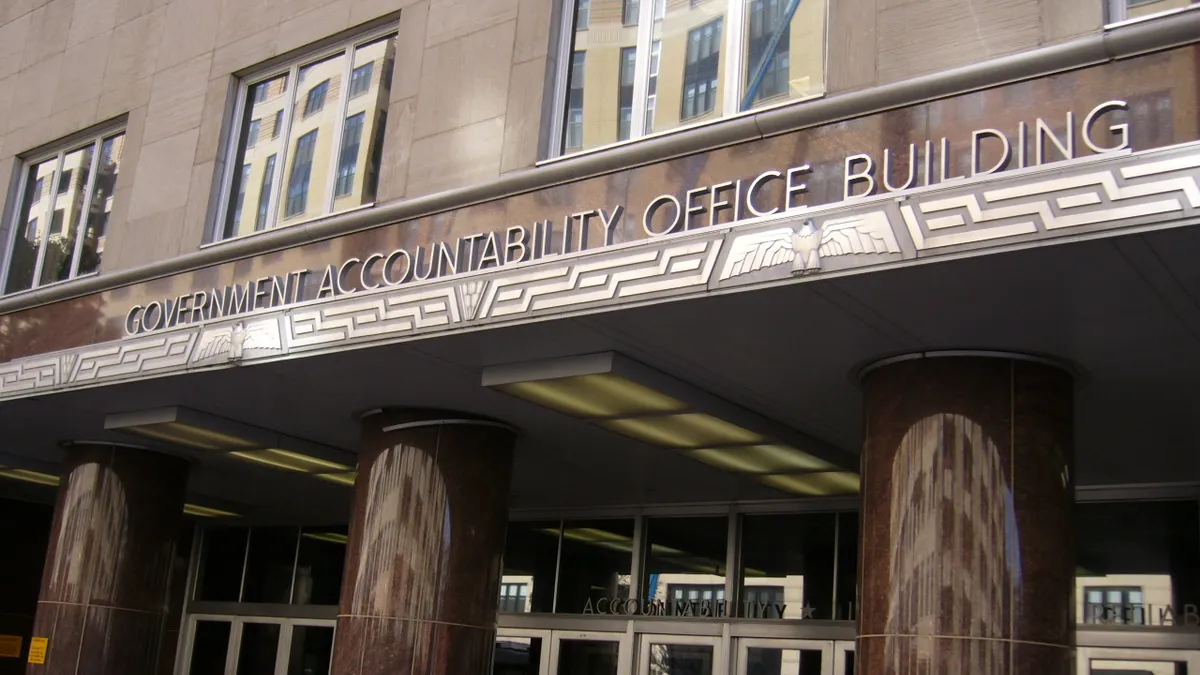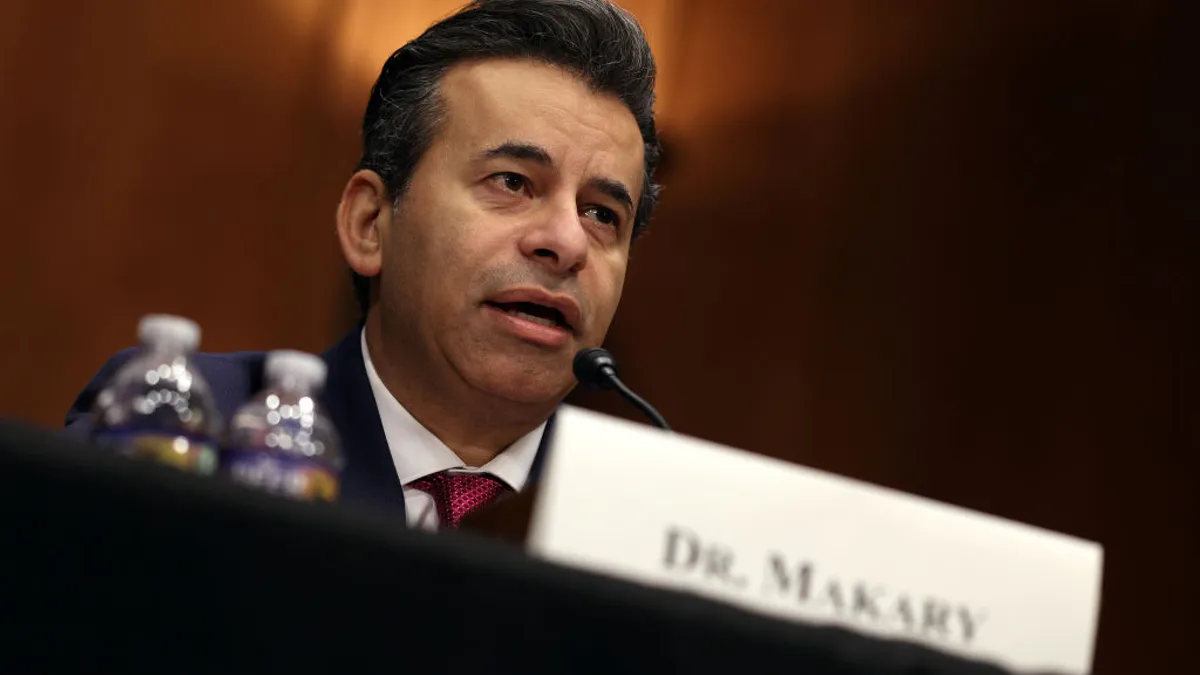The Food and Drug Administration should develop a policy about when to start and stop enforcement discretion for unauthorized tests in public health emergencies to avoid some of the problems it faced during the COVID-19 pandemic, according to a report by the U.S. Government Accountability Office.
Acting on a request from Congress, the GAO looked at FDA’s actions to help make COVID-19 tests available, the number of tests it authorized, how often it exercised enforcement discretion and what post-market monitoring activities it implemented. The investigation has resulted in a 52-page report that identifies problems the FDA encountered when trying to boost access to testing. It also offers recommendations for how the agency can position itself to oversee an improved response to the next public health emergency.
The central recommendation is that the FDA needs a defined enforcement discretion policy. As the COVID-19 crisis ramped up early in 2020, the regulator came under pressure to allow laboratories and manufacturers to use and distribute SARS-CoV-2 tests without obtaining emergency use authorization. The FDA granted an emergency use authorization to a test developed by the Centers for Disease Control and Prevention on Feb. 4, 2020, but laboratories immediately discovered problems with it. The CDC began shipping new tests on Feb. 28 and other tests began arriving on the market the next day. The response drew criticism.
“Two stakeholders noted that FDA’s EUA process at the beginning of the pandemic may have stymied the nation’s testing response when the U.S. had limited testing capacity and when testing was crucial to stemming the spread of the virus. A representative from one of these associations noted that they would have liked the FDA to not object to the use of [laboratory-developed tests] without an EUA earlier in the pandemic,” the GAO wrote in the report.
Establishing a policy for when to start exercising enforcement discretion could help the FDA act faster in the next public health emergency, the GAO said. At the same time, having a policy for when to end enforcement discretion could prevent some of the problems the GAO identified at the FDA in the second half of 2021, it added.
The FDA had exercised enforcement discretion for 370 tests by the end of September 2021. While the policy improved access to testing, the GAO heard concerns about how long the agency waited before establishing a path to a more routine regulatory environment.
“FDA officials told GAO they had concerns about the lack of review for these unauthorized tests, and as the number grew, the risks of this policy began to outweigh the benefits. Nevertheless, it was not until November 2021 that FDA updated its COVID-19 test policy with the intention of phasing out the agency’s use of enforcement discretion and reducing the number of unauthorized tests,” the GAO wrote.
Officials began to become concerned the FDA had reached a tipping point between the risks and benefits of the policy in the fall of 2020, when almost 300 tests had received an EUA. The FDA revealed how it would move out of the enforcement discretion phase more than one year later. At that time, 65% of the tests that were benefiting from enforcement discretion had been on the market for at least one year. Some tests that benefited from enforcement discretion were later denied EUAs because of performance problems or poor validation, illustrating the risks of allowing products to come to market without FDA review.
If the FDA adopts a similar policy to a future crisis, the GAO said it could allow “tests with uncertain accuracy and reliability” to be on the market “for an extended period of time,” including after a sufficient number of authorized tests have become available. “This could hamper an effective response and recovery during a crisis,” the GAO wrote.
The FDA is working to avoid that scenario by trying to ensure it never needs to allow the use of unauthorized tests in future crises. Still, the U.S. Department of Health and Human Services agrees with the GAO’s recommendation that the FDA should establish an enforcement discretion policy.
Improving communication
The timing of the start and end of enforcement discretion is part of a broader set of concerns about how the FDA interacts with laboratories. Representatives from three associations told the GAO that many labs found it hard to apply for an EUA because they lacked familiarity with the process. The FDA acknowledged there were misunderstandings and confusion.
According to representatives from two associations, the problem was exacerbated by the opaqueness of the EUA requirements. The situation improved as the pandemic went on, with test developers finding the FDA’s EUA templates helpful. The GAO identified a desire for more early education from the FDA and a change in how the agency communicates with laboratories.
“Representatives from another association told us they often felt there was a disconnect when FDA talked to laboratory test developers because FDA was most accustomed to working with other types of manufacturers. They said it would have been useful to have direct engagement by FDA with clinical laboratories and for FDA to have dedicated staff to work with the clinical laboratory sector,” the GAO wrote, adding that FDA officials accepted that communication with laboratories is “ripe for improvement.”
The FDA also told the GAO it wants “to develop a plan to improve communication with laboratories to better prepare for a future public health emergency.” The GAO also identified the agency's involvement in the CDC’s laboratory testing surge capacity plan as a positive first step that could help to address the concerns raised in its report.




















